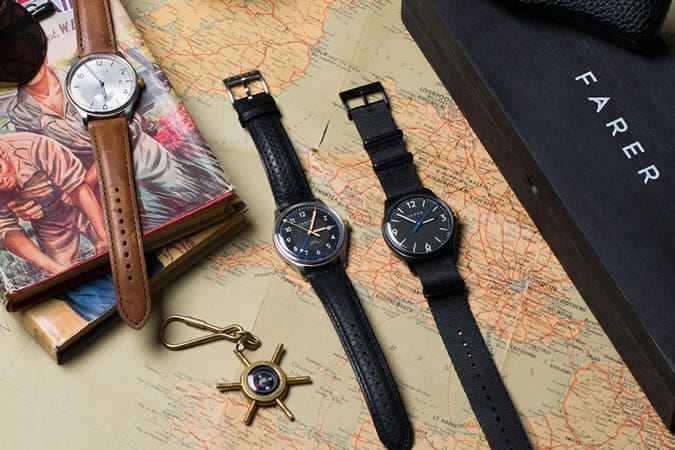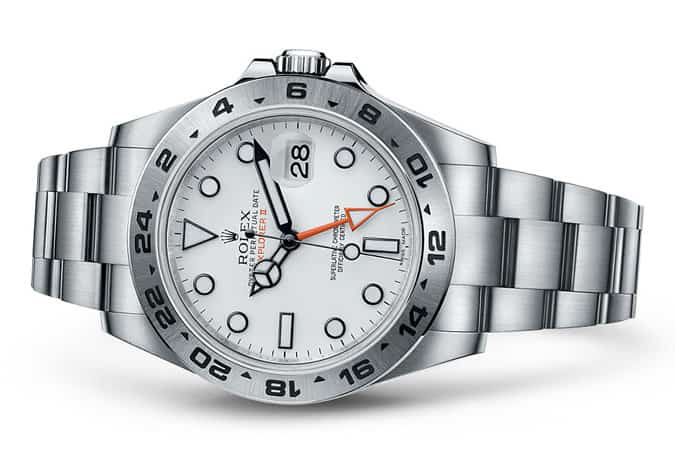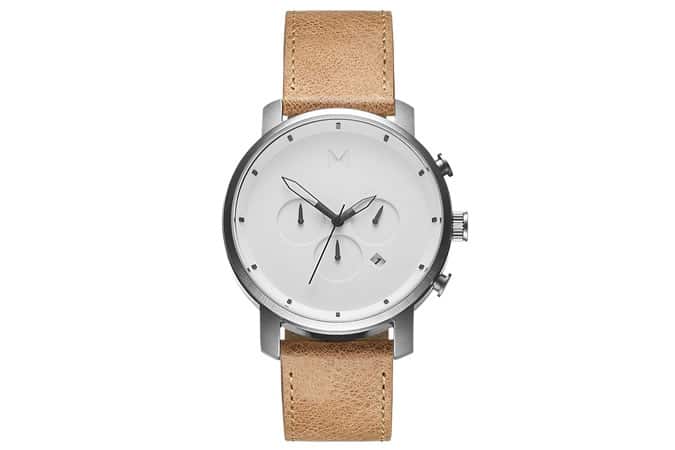The Omega Speedmaster Ultimate Guide
Even if you didn’t know any of its history, the Speedmaster would still be a highly desirable watch. In a world of hyperbolic marketing around luxury timepieces, here’s a watch that is literally otherworldly. Sure, like the Rolex Daytona, it combines a design that is both classic and contemporary with seriously impressive mechanics under the hood. It also looks and feels reliable, a watch you can trust to last.
However, what the Speedmaster has that few brands do (although many claim to), is space – or more specifically the Moon. In fact, 2019 marks 50 years since it first touched down. And that is just one of the things that takes this particular sports chronograph into another stratosphere.
The First Watch On The Moon
As a marketing tool it never gets old: “the first watch on the Moon”. It’s pretty much the ultimate horological pick-up line. If you want a watch that combines adventure, old-school masculinity and exacting technical standards, a NASA seal of approval is hard to beat – though even that didn’t stop the story getting a little embellishment. Until recently it was thought that a member of NASA went into a Houston jewellers to purchase watches to test, one of which being Omega.
The truth is more prosaic. The Speedmaster was known to NASA thanks to astronaut Wally Schirra, who wore a CK2998, the second iteration of the watch, on the Mercury Atlas 8 mission in 1962. When NASA decided it wanted to equip its astronauts for the Gemini programme with watches that were to act as a part of their tool kit, it appealed to brands to send in models for testing. Eventually only three watches were tested: a Rolex Cosmograph ref.6239, a Wittnauer (Longines) Genève Professional Chronograph 242T, and the Omega. Hamilton sent a pocket watch but because it didn’t match NASA’s criteria, it wasn’t submitted for testing.

















